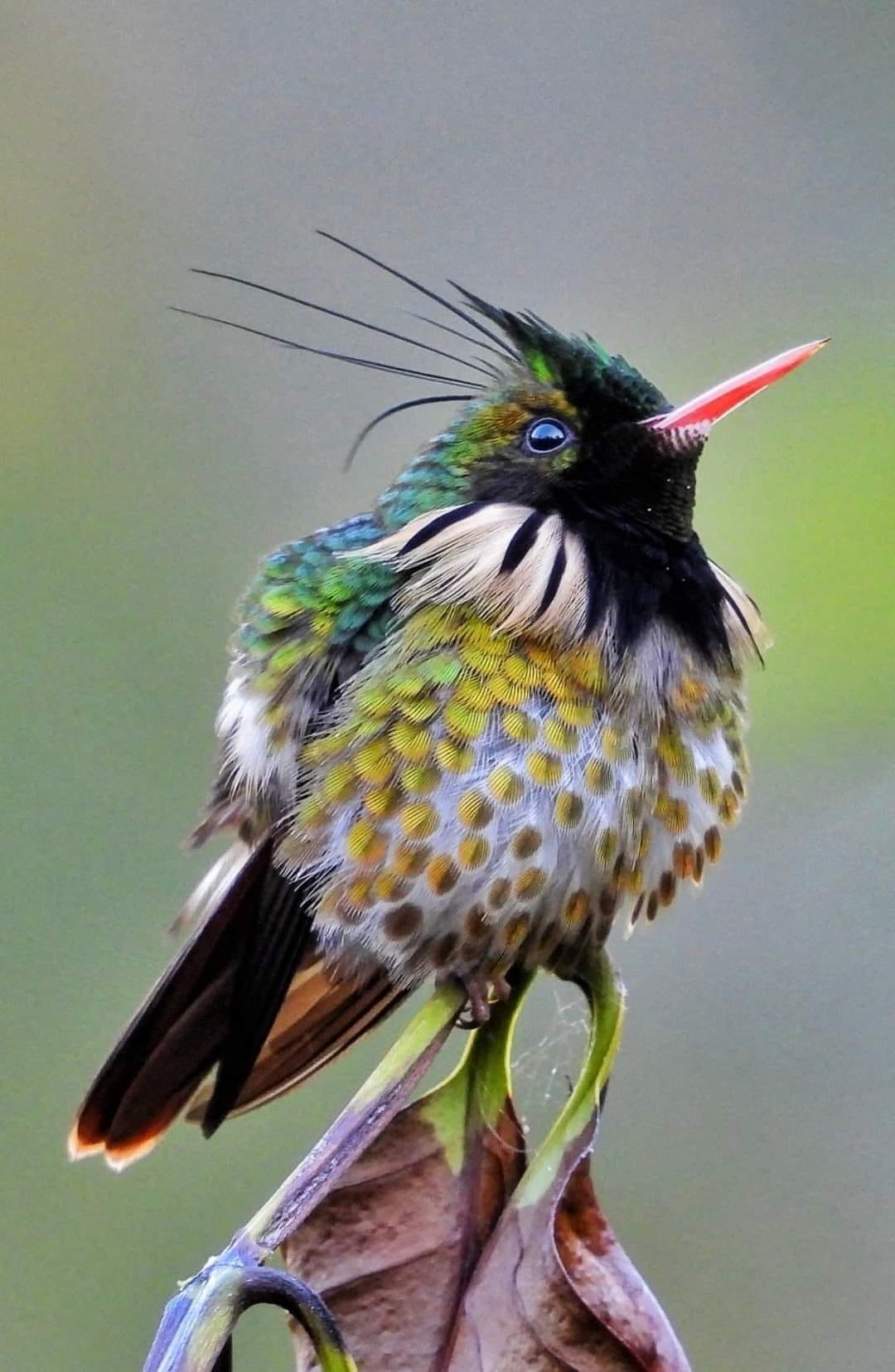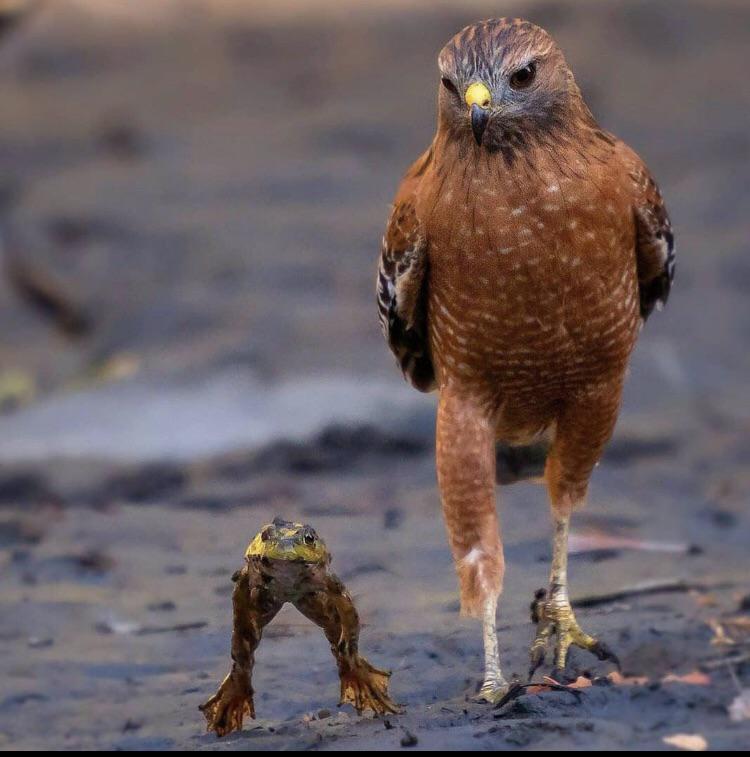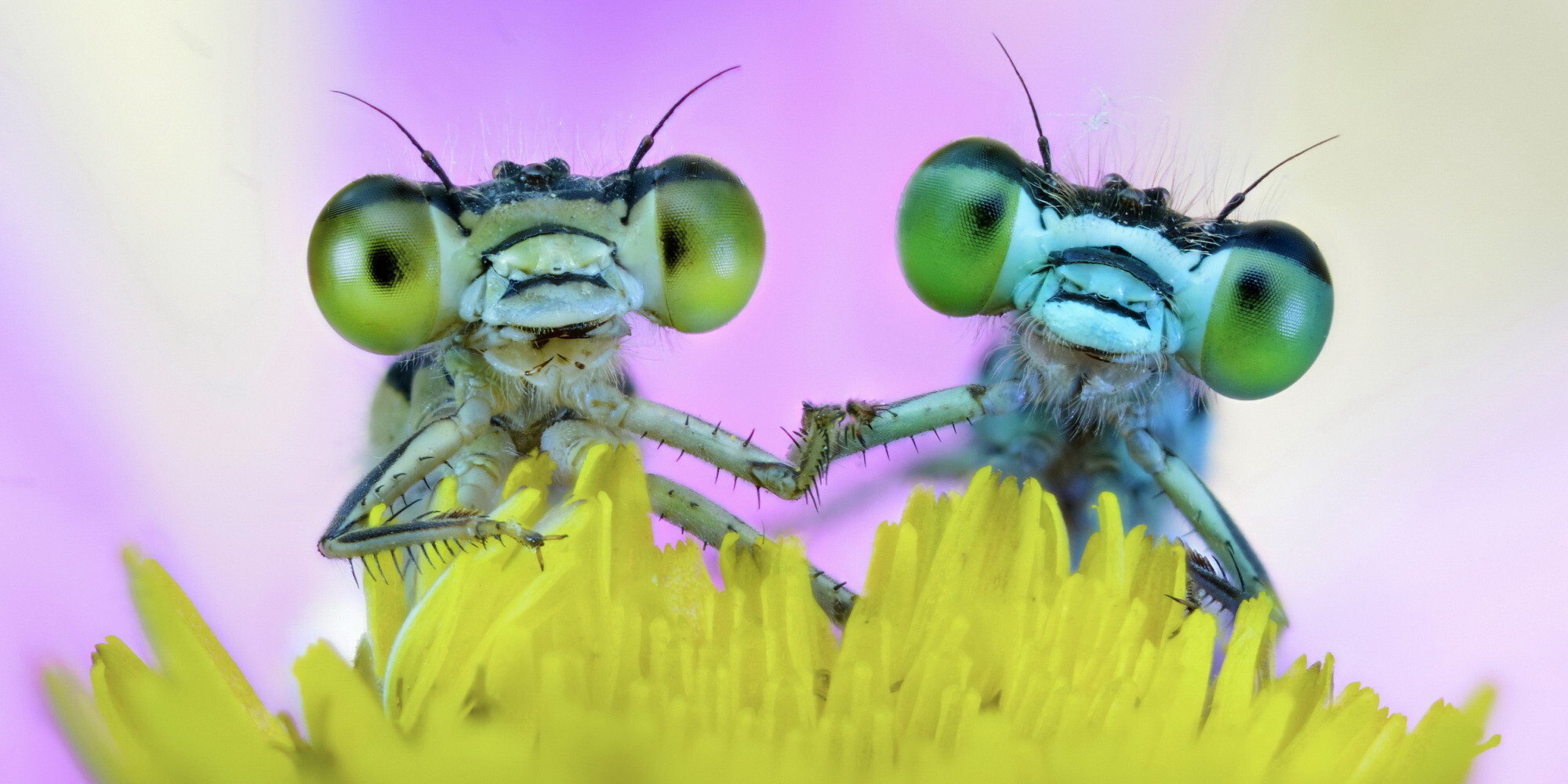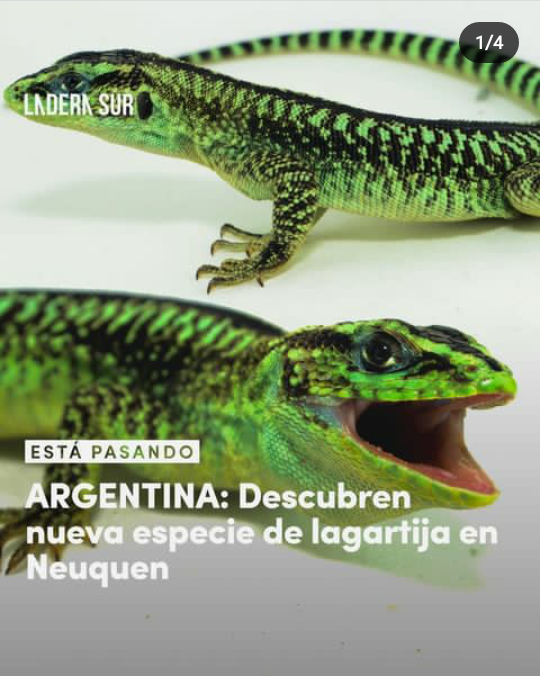The video was made by Kenneth Catania - a neuroecologist.
These Tiny, Beautiful Wasps Eat the Hearts Out of Cockroaches - The New York Times
archive.today • These Tiny, Beautiful Wasps Eat the Hearts Out of Cockroaches - The New York Times
If you loathe cockroaches, you’re going to love the emerald jewel wasp.
Females of the species Ampulex compressa, known also as emerald cockroach wasps, are less than an inch long, and decked out in gorgeous, metallic green-blues. To complete their life cycles, they must first sting an American cockroach, and inject the much larger insect with mind-control toxins that turn it into a defenseless zombie.
Next, the female wasp drags the subdued cockroach by its sensitive antennae into a cavity it has found, lays a single egg on the roach’s leg and then uses dirt and debris to seal the fateful pair inside. After six days, the egg hatches, and the larva carves its way inside the cockroach’s chest. It then begins devouring the helpless insect from the inside out.
Females of the species Ampulex compressa, known also as emerald cockroach wasps, are less than an inch long, and decked out in gorgeous, metallic green-blues. To complete their life cycles, they must first sting an American cockroach, and inject the much larger insect with mind-control toxins that turn it into a defenseless zombie.
Next, the female wasp drags the subdued cockroach by its sensitive antennae into a cavity it has found, lays a single egg on the roach’s leg and then uses dirt and debris to seal the fateful pair inside. After six days, the egg hatches, and the larva carves its way inside the cockroach’s chest. It then begins devouring the helpless insect from the inside out.
It is one of the more macabre horror stories you will find in nature, and just in time for Halloween.
Gruesome as it is, there are around half a million species of parasitic wasps on this planet, and many make their living in a similar fashion. Scientists love to study these mini-monsters because many wasps zero in on insects that humans don’t really mind seeing brutalized: creatures like roaches, but also crop pests and invasive species.
But there’s something scientists never noticed about the jewel wasp’s “Cask of Amontillado” routine until now.
“Since the 1800s, people have sort of had this mantra that parasitoids selectively avoid eating the vital organs of their host so that they can keep it alive,” said Kenneth Catania, a neuroecologist at Vanderbilt University. “And what I have found is that this parasitoid goes straight to the heart of the cockroach, and eats it.”
Each fall, Dr. Catania prepares a special, Halloween-themed class for students of his Neurobiology of Behavior course. One year, he even built a three-room, Wes Anderson-style diorama and filmed a wasp dragging its victim through a dollhouse-size kitchen full of tasty, tiny treats and into a tomb shaped like a human skull.
To be clear, the video is meant to be silly and engaging, the better for students to learn how the wasps operate. But behind the cutesy props, it also shows real ecology in motion. The wasp performs her task perfectly, even going so far as to seal the skull’s eye socket with tiny bits of golden plastic treasure, just as Dr. Catania hoped she would.
And so, in another attempt to win his students’ attention, the scientist set out to film an emerald jewel wasp larva as it feasted on the cockroach from within.
“That’s the way science often unfolds for me,” said Dr. Catania, the author of “Great Adaptations.” “I’m looking at something out of curiosity, or art.”
This is how he ended up capturing the larva’s taste for cockroach heart. But he made an unexpected discovery: After eating the heart of the cockroach, the wasp larva started gnawing at its quarry’s trachea, the insect equivalent of lungs. This caused air to leak out of the cockroach’s respiratory system and into its body cavity, air that the wasp larva then eagerly slurped up.
In other words, the emerald jewel wasp both eats the cockroach’s heart out and takes its breath away.
After performing the experiment two dozen times, Dr. Catania was able to show that not only do the air bubbles allow the larva to breathe while fully inside the cockroach’s body, but they also give the little hell-raiser a metabolic boost. Once the air bubbles appear, the larvae start to chew faster, which Dr. Catania documented this year in a study published in the journal Current Biology.
Within 48 hours, the emerald jewel wasp larva has chewed its way through so much cockroach that the host dies. “You can imagine it sort of like ‘Alien,’” said Dr. Catania, referring to Ridley Scott’s 1979 film. “Once it’s inside you, it’s game over.”
In fact, the game ends much faster than has been observed with other parasitoids, some of which don’t even fully kill their hosts at this stage, but rather keep their victims on life support by avoiding vital organs. That led Dr. Catania to ask why these wasps evolved to consume with the speed of Joey Chestnut.
That sets up a perfect cliffhanger for a sequel to this natural slasher flick: Dr. Catania believes the wasp has to eat quickly before its zombified host is eaten by, well, something else. But that’s a discovery he’s not yet ready to publish.
“There’s more to this story,” he said, “and I’m currently working on the second part.”

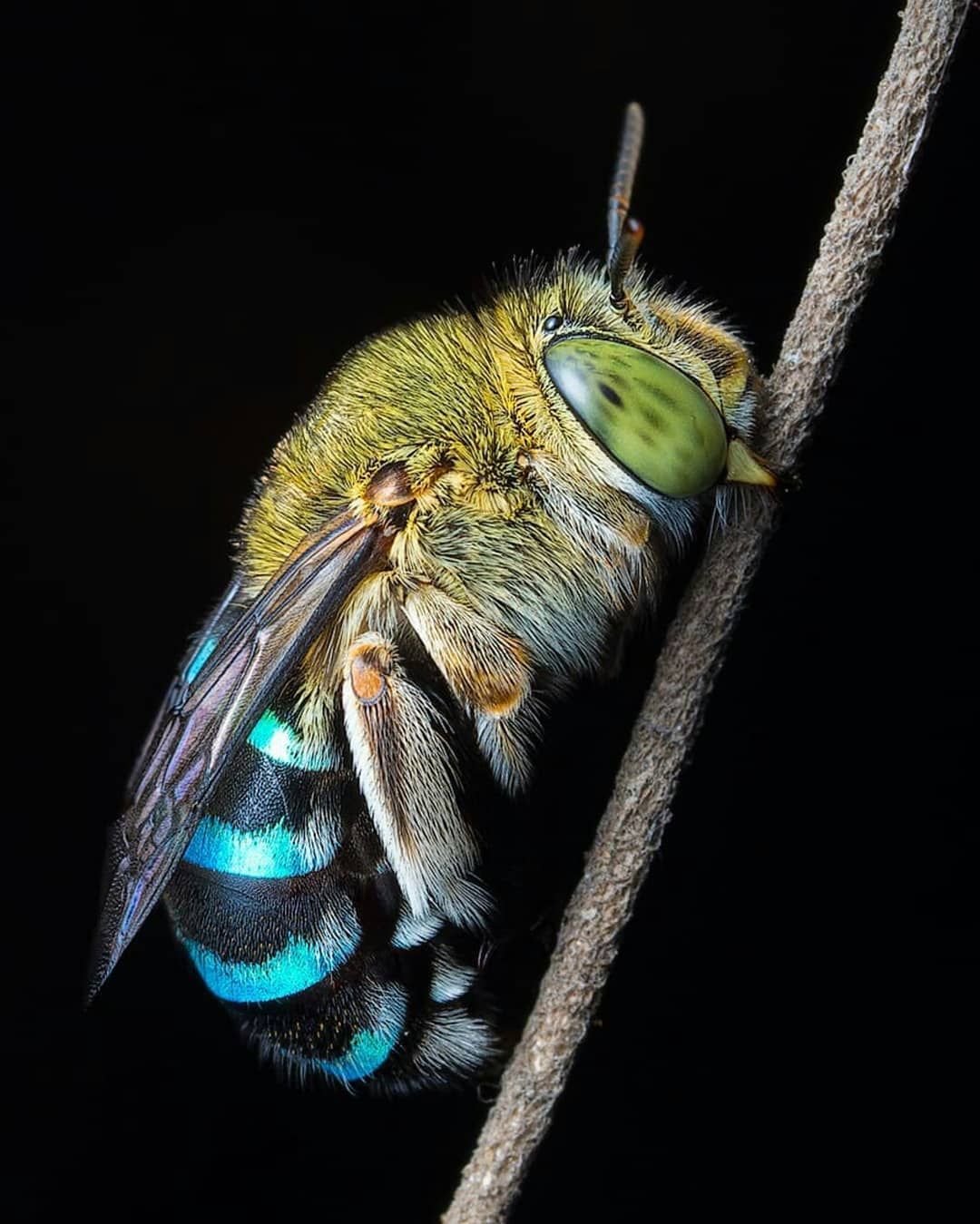
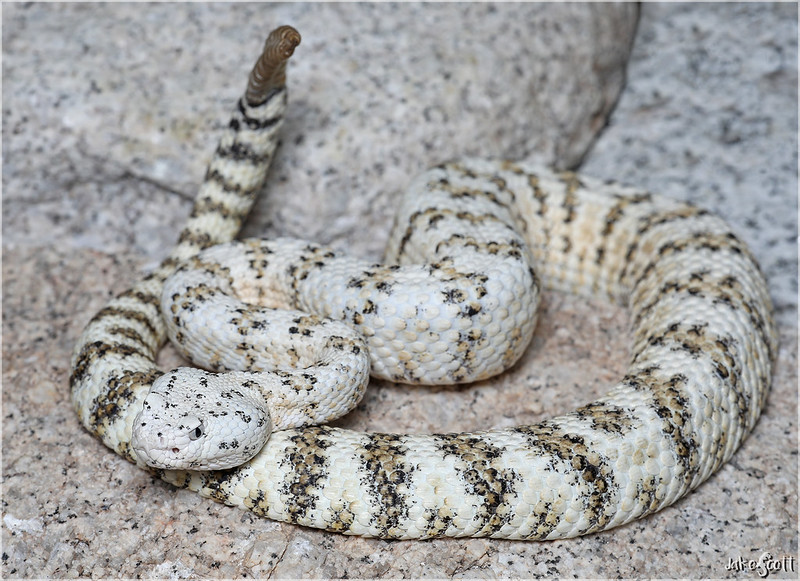
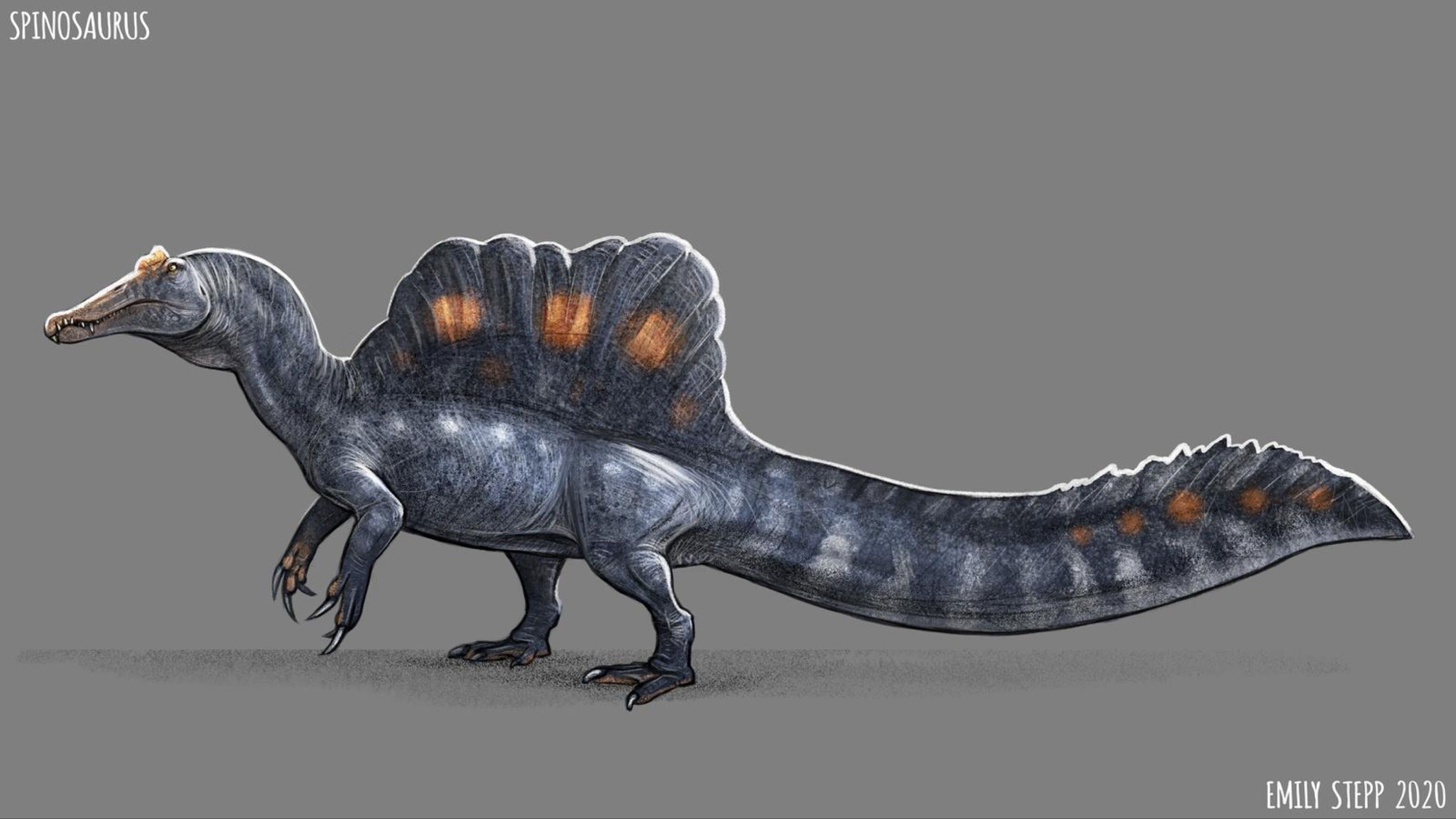 hell yeah, look at that crocoduck and his powerful tail, I bet he could just smack T. rex with that tail and it would be over.
hell yeah, look at that crocoduck and his powerful tail, I bet he could just smack T. rex with that tail and it would be over.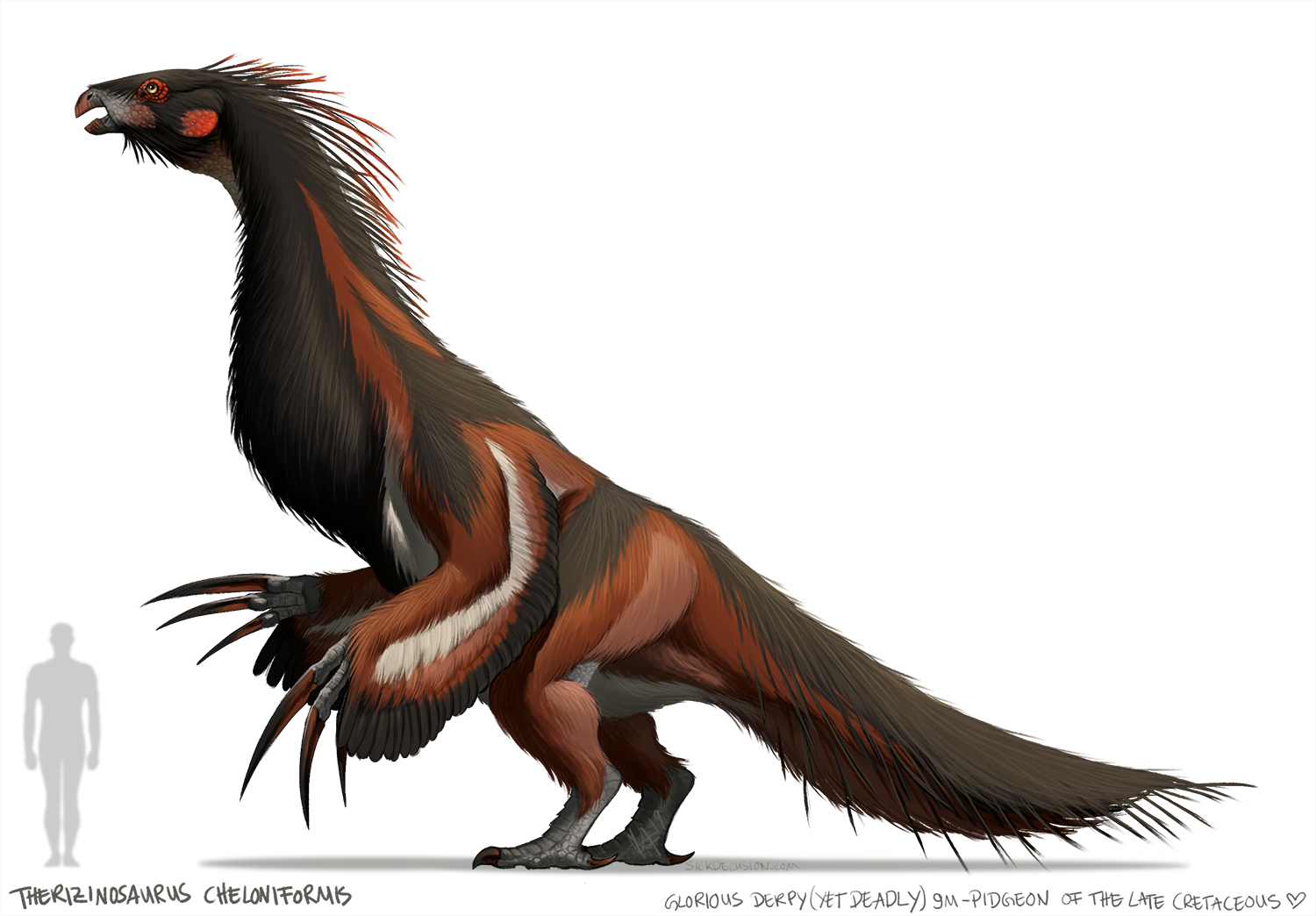 BEHOLD
BEHOLD